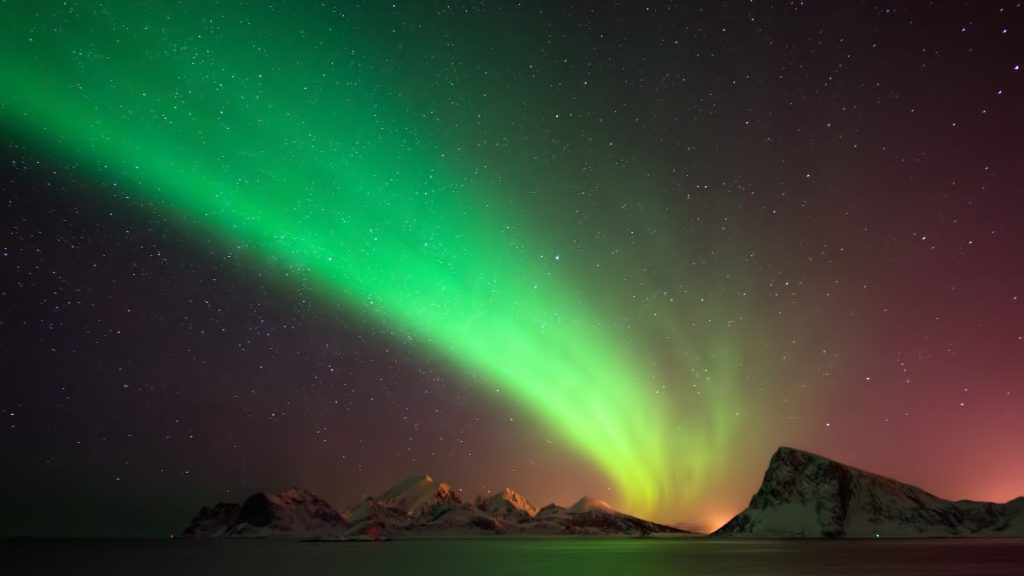A powerful solar storm is expected to hit Earth tonight, and it could bring the northern lights farther south than usual.
Others are reading now
According to the US National Oceanic and Atmospheric Administration (NOAA), the auroras may be visible not just in northern states, but across the Midwest and even parts of Oregon.
Storm May Hit G4 Intensity
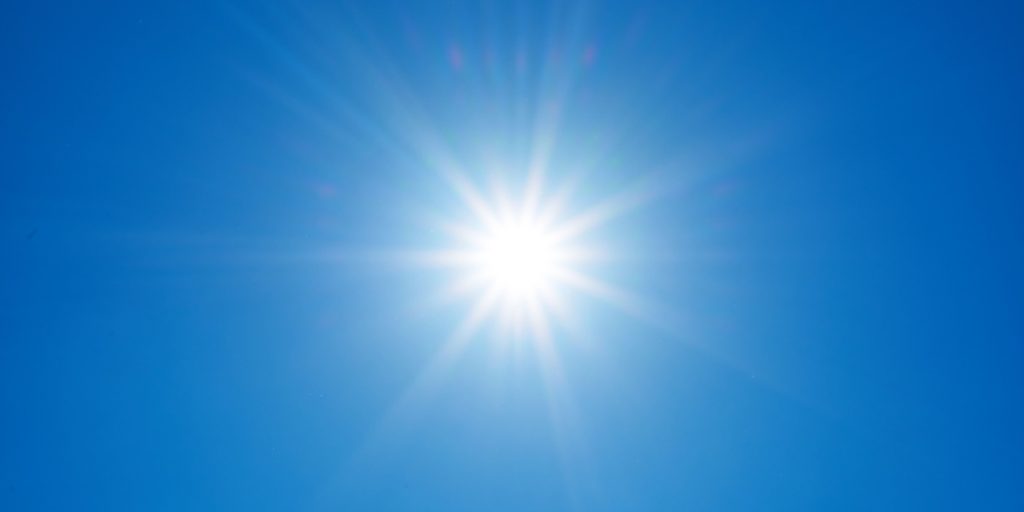
The geomagnetic storm is forecast to be moderate at first, likely hitting G2 or G3 levels. But by early Tuesday, it could intensify to a rare G4 rating, said the UK’s Met Office.
That’s just one level below the most extreme classification for space weather.
Where to Look: From Oregon to New England

If conditions stay favorable, auroras may be visible across a wide swath of the United States, including upper Oregon, Idaho, Wyoming, Nebraska, Iowa, Illinois, upstate New York, and northern New England.
A similar view may grace much of the UK, weather permitting.
Also read
One Obstacle: The Moon
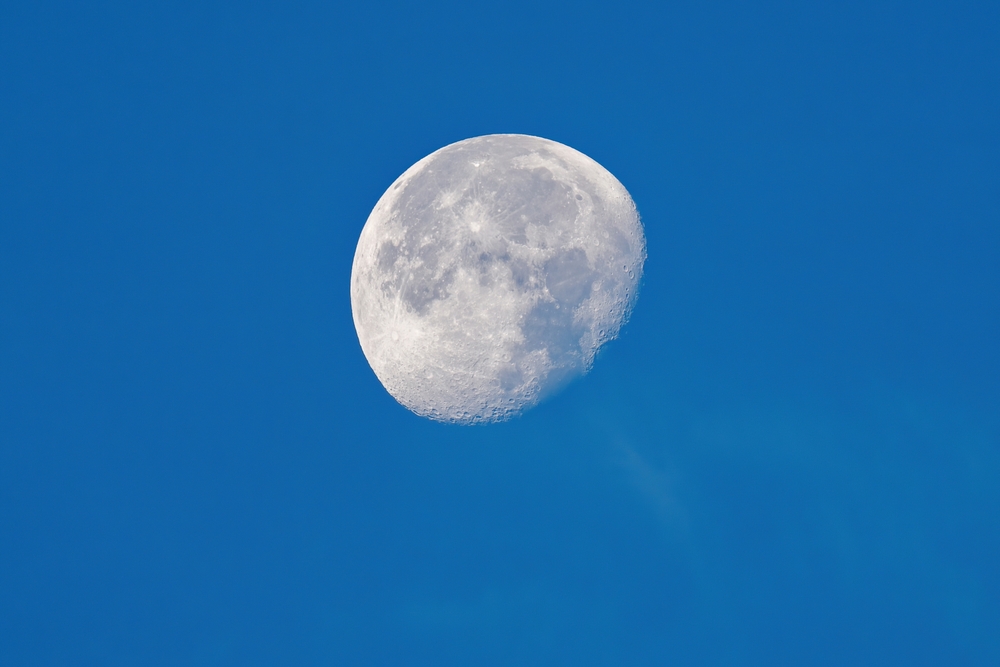
Skywatchers might have to contend with a waxing gibbous Moon, which the UK’s Met Office noted could “hinder visibility in some areas.”
Still, if skies are clear and dark, many people could enjoy the auroras without needing a camera.
What’s Causing the Light Show
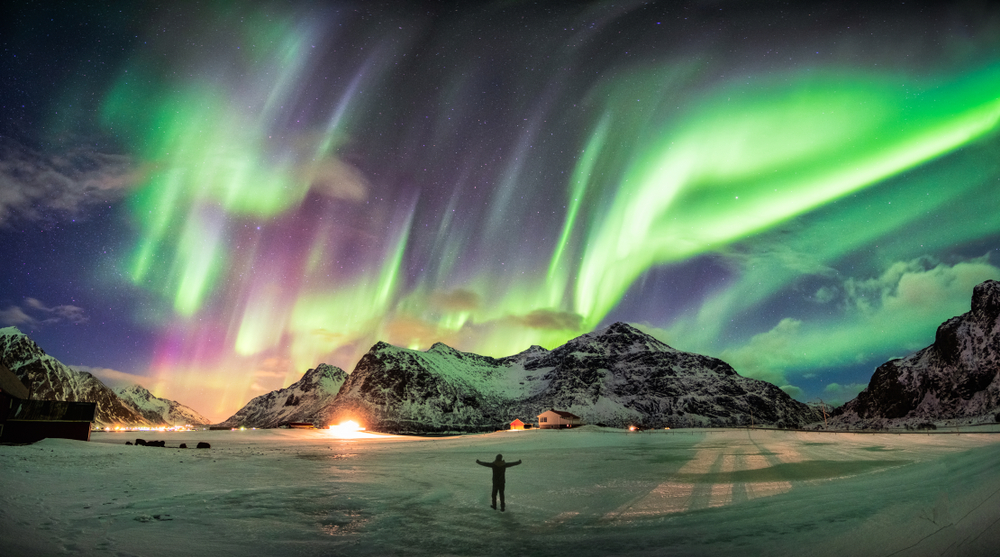
This dazzling display is being triggered by a coronal mass ejection (CME), a huge burst of charged particles and magnetic fields released from the Sun.
This particular CME left the Sun on Saturday, travelling at an estimated 2 million miles per hour.
Auroras Explained: Colors from Collisions

As the CME hits Earth’s atmosphere, its charged particles collide with atoms high above us.
Also read
These collisions create the glowing lights we know as auroras. Oxygen atoms glow green, while nitrogen produces purples and blues.
Peak Viewing Time: Very Early Tuesday

NOAA expects the storm to peak between 2 a.m. and 5 a.m. Eastern time on Tuesday.
The CME should reach Earth late Monday evening, after passing a monitoring point 1 million miles away, about 20 to 50 minutes ahead of impact.
More Storms on the Horizon
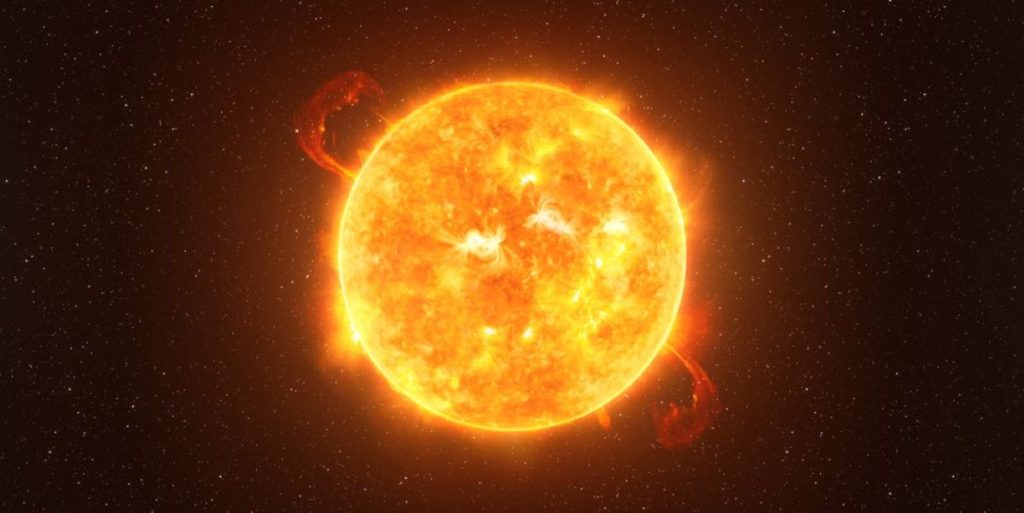
We’re currently in a phase called the solar maximum, the most active part of the Sun’s 11-year cycle.
That means this won’t be the last time we see intense solar storms and vivid auroras. Several strong storms already lit up skies in 2024.
Also read
Impact on Technology: Mostly Minor

While the auroras are beautiful, solar storms can also cause mild disruptions.
NOAA says effects on GPS, radio, and power systems are possible but typically minor and manageable at current storm levels.
Still Uncertain How Strong This One Will Be
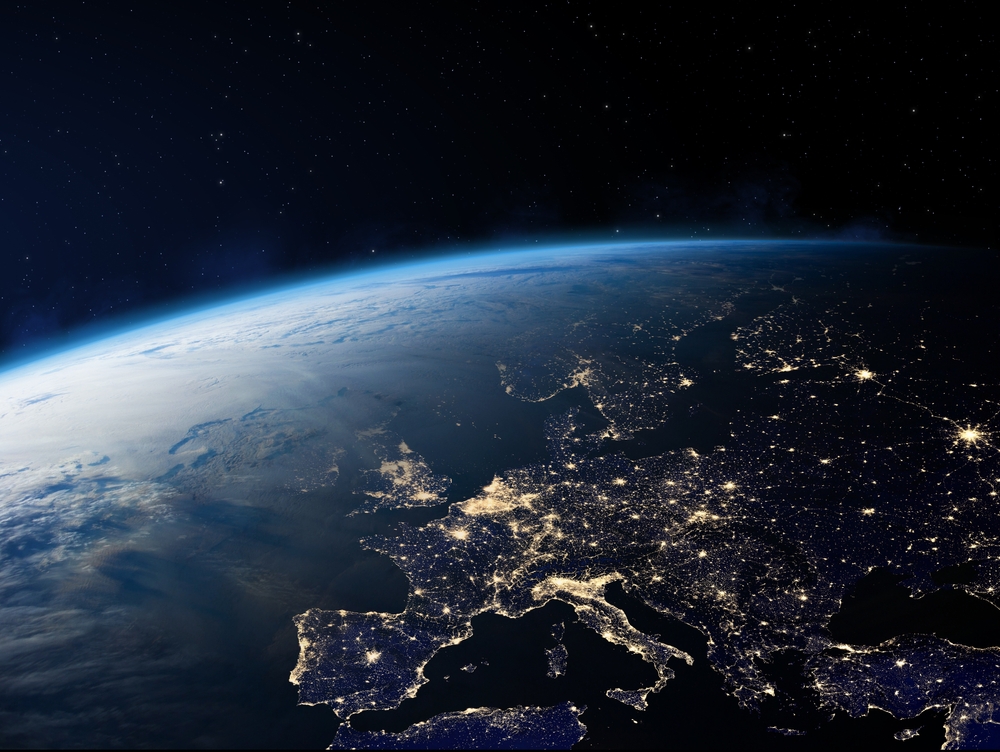
“This CME is very Earth-directed,” said NOAA space weather forecaster Shawn Dahl, “but that doesn’t mean it will pack a punch like storms from last year.”
He noted that a G4 storm is possible, but it all depends on the strength and orientation of the magnetic field when it reaches Earth.

